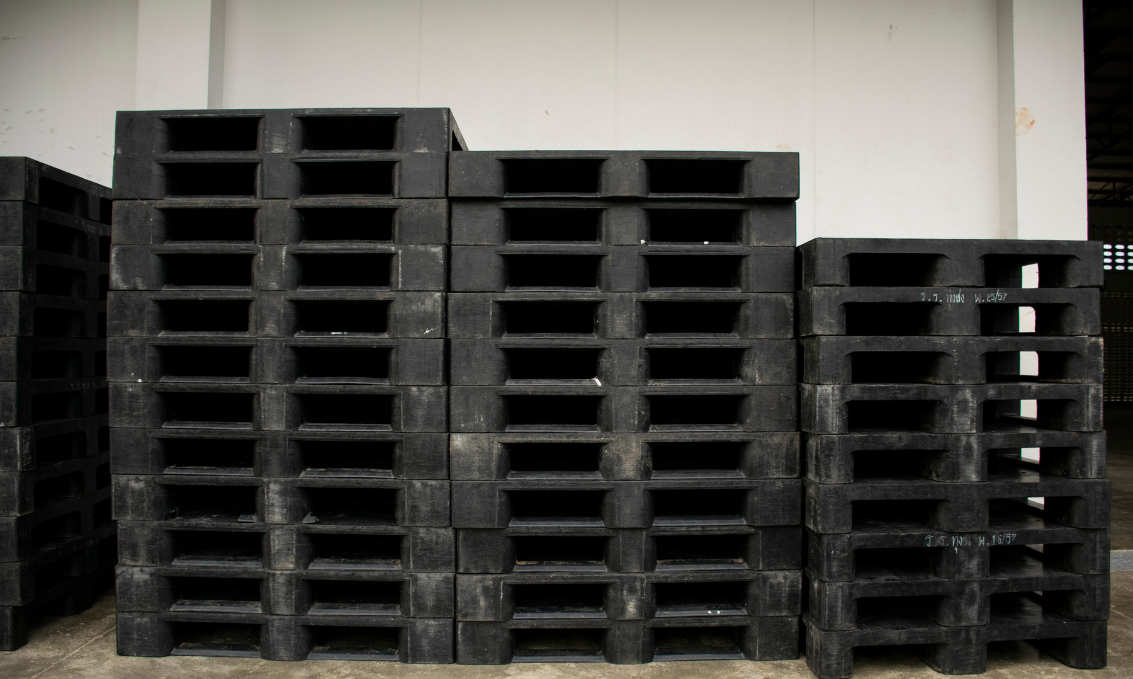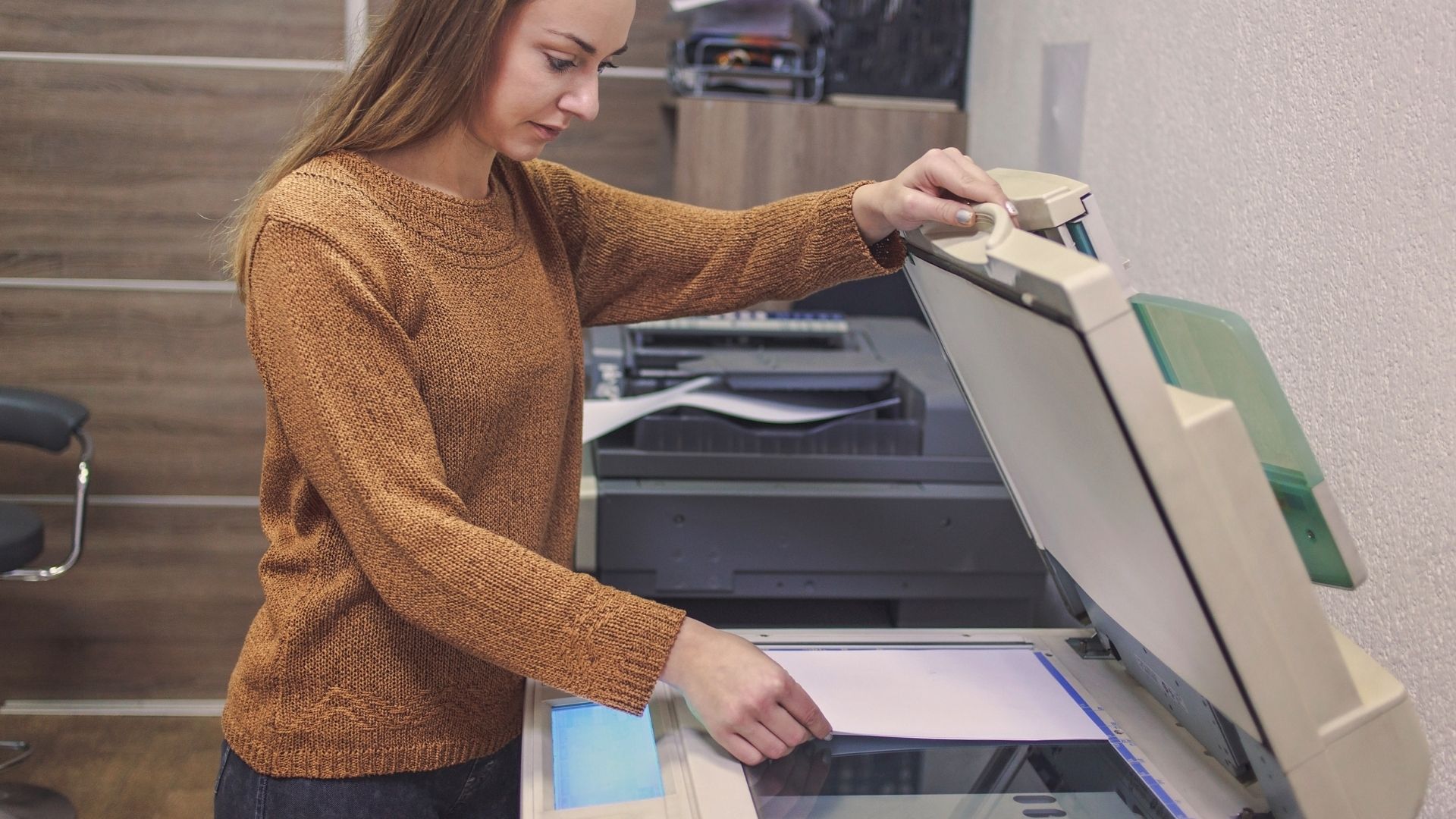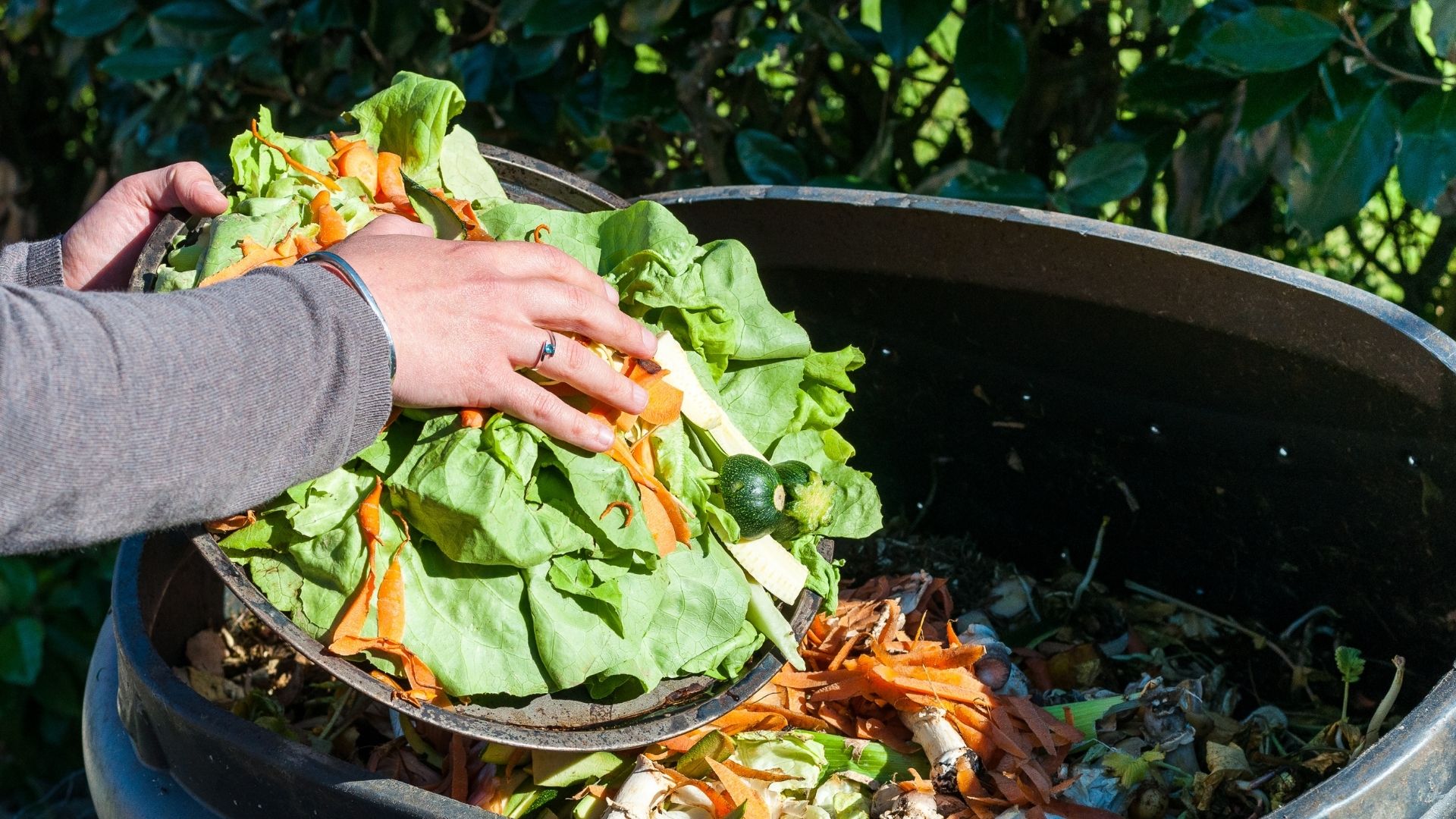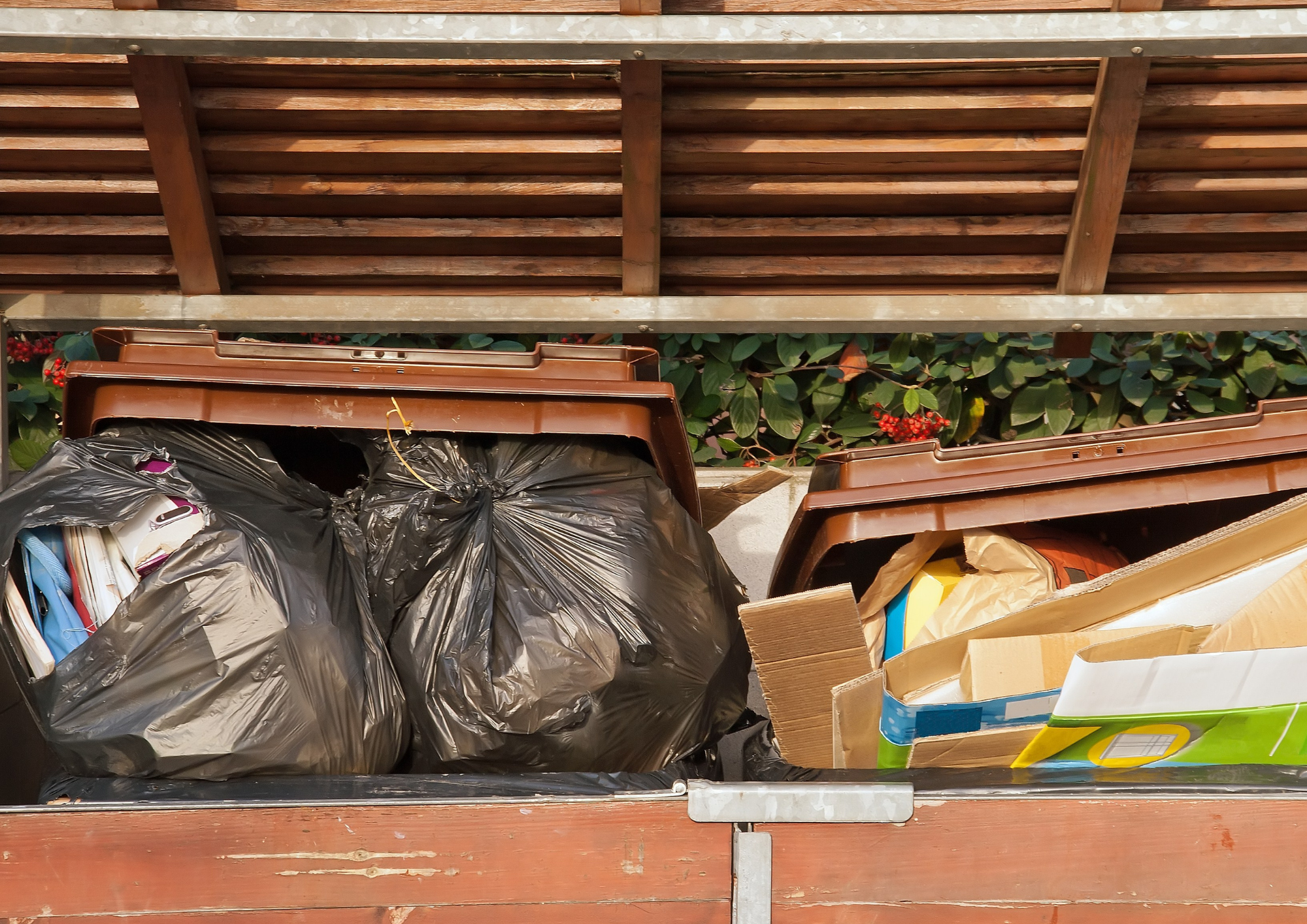SUSTAINABLE BUSINESS
How to start a recycling program, to save money
Paper, bottles and boxes fill general waste bins quickly, increasing service costs. Recycling can reduce your waste costs, and improve your sustainability performance. Here’s how to start.
Get the right people involved from the start
Top tip: Contact your building management or landlord to notify them of your new waste management plans and discuss any foreseeable barriers upfront.
- First, make a list of all the people who will be involved in your new waste minimisation program. This will most likely include owners, managers, employees, cleaning staff and customers.
- Next, appoint a staff member as recycling coordinator. They will oversee and organise the recycling and waste changes. Ideally, this person will be well-organised, enthusiastic about waste minimisation and capable of liaising with all stakeholders.
You don’t need to do everything right away
Top tip: Start with recycling cardboard, paper, glass, aluminium and plastic.
Before you start, it’s worth taking a little time to understand what is coming in and out of your business. This activity is often called a waste audit or waste inspection. You can learn more about how to conduct a waste audit here.
In the first instance, you may wish to first focus on a few items only. These will probably be cardboard, paper, glass, aluminium and plastic. Cardboard and paper recycling bins can be lower cost than a comingled recycling bin, so this is a great place to start!
Glass and plastic bottles and cans can be recycled through the container exchange program. Initiatives like Recan (commercial) and Returnit (community groups) make this process easy by managing the collection and refunding of your containers for you.
Then, when you’re ready to step up your program, you can focus on other areas to improve such as, organics, ink cartridges, stationery, scrap metal, electronics, hardwood, soft plastics and batteries.
Look for ways to make training rewarding
Top tip: Display posters near bins to remind people of what goes in which bin.
Before you start making changes, let your staff know what you are doing and why you are doing it. Then, keep educating your team throughout the journey.
- Explain what you can recycle, how your waste is processed, and how the changes will benefit the environment and the company.
- Encourage the team to download the Recycle Mate app, to take the guesswork out of recycling.
- Show examples of recyclables and non-recyclable materials on a board or sign near the recycling and waste containers. Find ready-made signage here.
- Try the PlanetArk recycling themed trivia to inspire a bit of healthy competition.
- Keep recycling on the agenda. You can do this by posting trivia questions on team feeds or noticeboards and reminding others of recent and upcoming changes at regular meetings.
Got questions?
Brisbane City Council has a dedicated Business Recycling Officer to help you on your recycling journey. If you have extra questions or need additional support, get in touch.
Did someone say trivia?
Encourage a bit of healthy competition during your recycling training with a trivia quiz. PlanetArks’s recycling themed trivia pack is everything you need to host a great trivia session.
Location, location, location (of bins)
Top tip: Keep recycling bins in convenient, common areas to encourage people to do the right thing.
The best way to ensure the success of your recycling program is to make it easy and convenient to recycle. Think about how many bins you have, where they are located, and what signage you have near bins. One great way to encourage recycling is to put recycling bins where the most waste is generated, and place one next to all general waste bins.
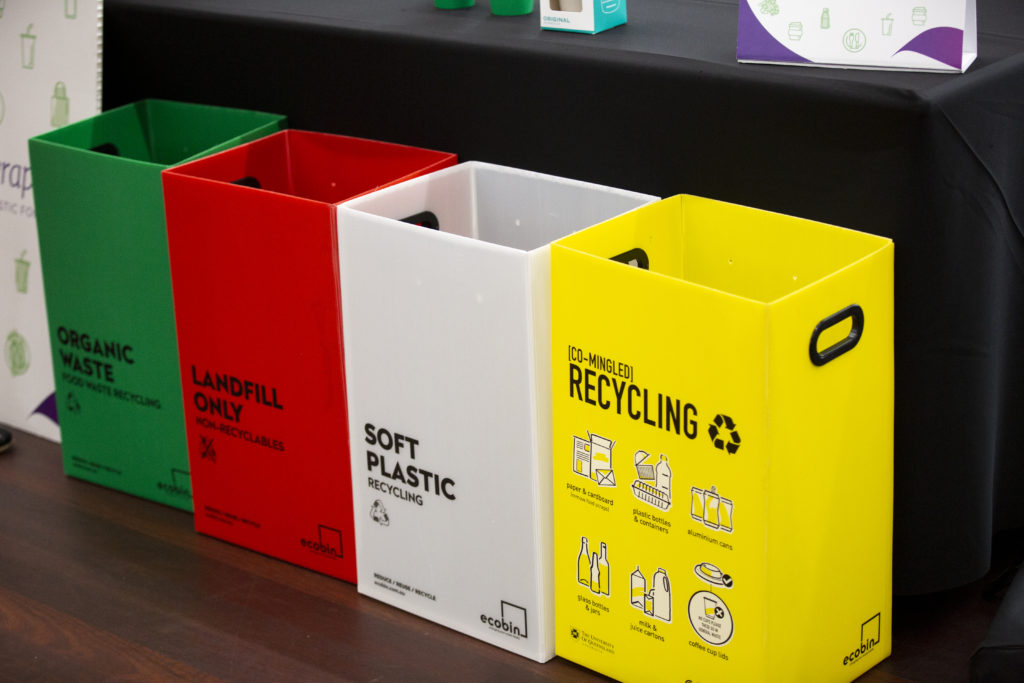
Reflect and celebrate
Top tip: Promote your recycling practices to your customers to boost your brand reputation.
Once you have the systems in place, it’s important to monitor your progress to evaluate cost-effectiveness, employee participation and environmental impact. You can also promote the success of your waste minimisation efforts by sharing your company’s achievements throughout the business and with customers. Here are some ways you can share your wins:
- Use online newsletters and emails to distribute updates or milestones about the program.
- Publicise the quantity your company recycles over a certain period (month, quarter, year).
- Calculate and distribute disposal cost savings based on the decrease of waste.
- Allow opportunities for staff and customers to provide feedback.
Source: Brisbane City Council
When was the last time you spoke to your waste service provider?
Regularly speaking with your service provider about the availability of new services will keep you up-to-date about changes in the industry. Your contractor can help to ensure you are getting the best services to meet your waste and recycling needs.

